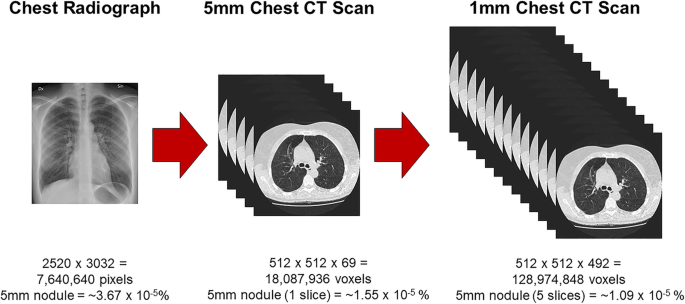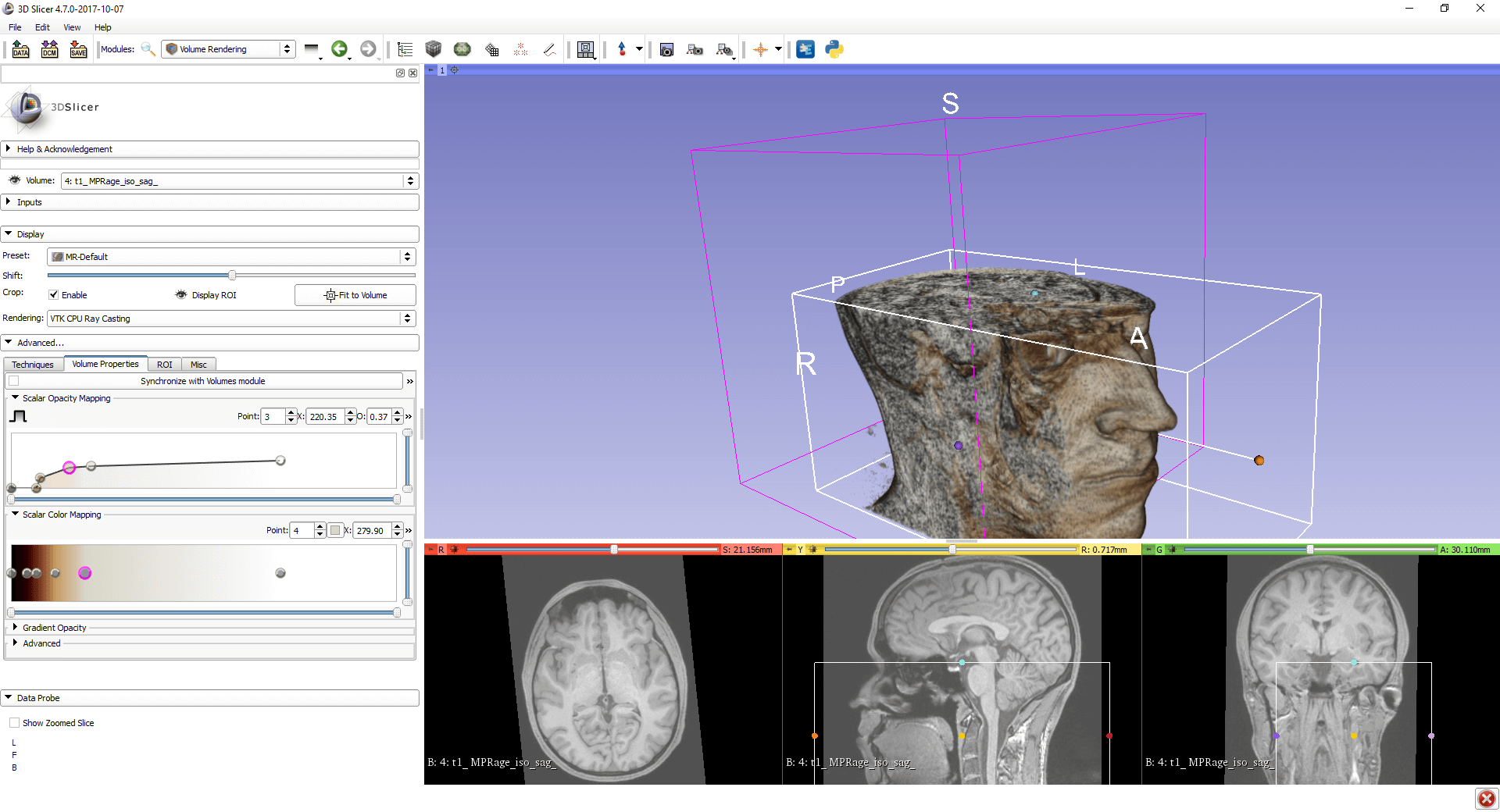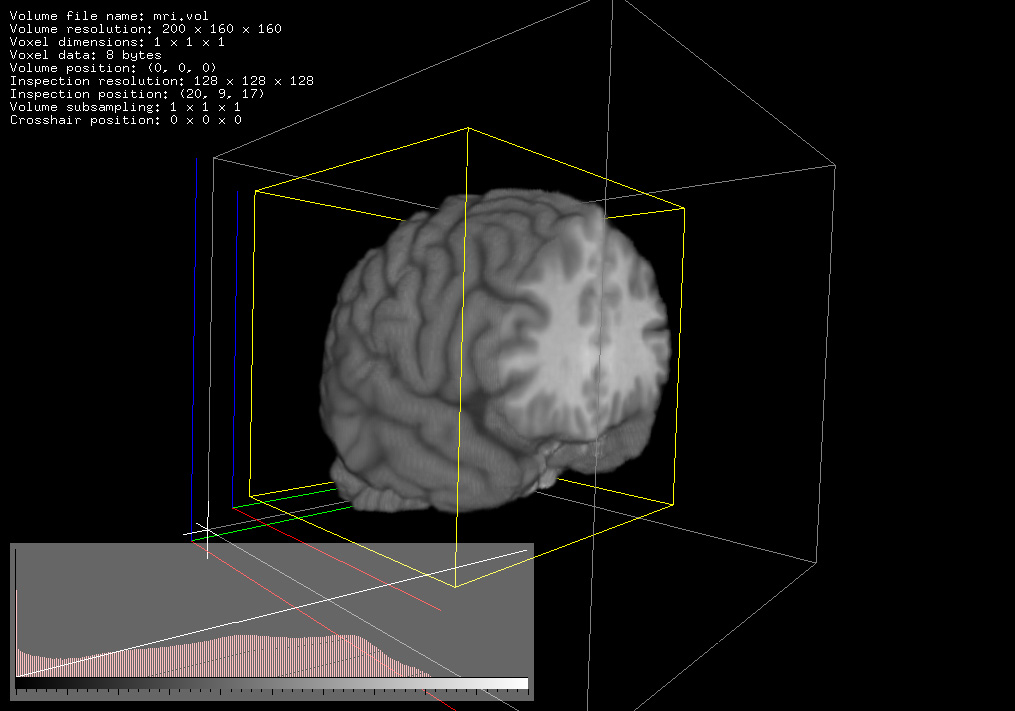

Importantly, NDAR has a global unique patient identifier that can be linked to aggregated individual-level data for hypothesis generation and testing, and for replicating research findings. In addition to biomedical data, NDAR contains a large collection of clinical and behavioral assessments and health outcomes from novel interventions. To date, NDAR is considered the largest neuroscience and genomic data repository for autism research. The National Database for Autism Research (NDAR) is a US National Institutes of Health (NIH)-funded research data repository created by integrating heterogeneous datasets through data sharing agreements between autism researchers and the NIH. MRI departments always check for implanted metal and can advise on their safety.National Database for Autism Research (NDAR): Big Data Opportunities for Health Services Research and Health Technology Assessment National Database for Autism Research (NDAR): Big Data Opportunities for Health Services Research. Metal joint prostheses are less of a problem, although there may be some distortion of the image close to the metal. Pacemakers, metal clips, and metal valves can be dangerous in MRI scanners because of potential movement within a magnetic field. There are no known biological hazards of MRI because, unlike x ray and computed tomography, MRI uses radiation in the radiofrequency range which is found all around us and does not damage tissue as it passes through. A careful analysis of the images by a radiologist will often yield the correct answer. The exact nature of the pathology can be more difficult to ascertain: for example, infection and tumour can in some cases look similar. Most diseases manifest themselves by an increase in water content, so MRI is a sensitive test for the detection of disease. By using a “fat suppression” pulse sequence, for example, the signal from fat will be removed, leaving only the signal from any abnormalities lying within it. Different tissues (such as fat and water) have different relaxation times and can be identified separately.
VOLUMETRIX EXAMPLE MRI SERIES
The first is called T1 relaxation, the second is called T2 relaxation.Īn MR examination is thus made up of a series of pulse sequences. The first is the time taken for the magnetic vector to return to its resting state and the second is the time needed for the axial spin to return to its resting state. The time taken for the protons to fully relax is measured in two ways. A different emphasis occurs because different tissues relax at different rates when the transmitted radiofrequency pulse is switched off.

Multiple transmitted radiofrequency pulses can be used in sequence to emphasise particular tissues or abnormalities. The intensity of the received signal is then plotted on a grey scale and cross sectional images are built up. Receiver coils are used around the body part in question to act as aerials to improve the detection of the emitted signal. It is this signal which is used to create the MR images. When the radiofrequency source is switched off the magnetic vector returns to its resting state, and this causes a signal (also a radio wave) to be emitted. The strength of the magnetic field can be altered electronically from head to toe using a series of gradient electric coils, and, by altering the local magnetic field by these small increments, different slices of the body will resonate as different frequencies are applied. The radio wave frequency (RF) that causes the hydrogen nuclei to resonate is dependent on the element sought (hydrogen in this case) and the strength of the magnetic field. When additional energy (in the form of a radio wave) is added to the magnetic field, the magnetic vector is deflected. MRI scanners come in different field strengths, usually between 0.5 and 1.5 tesla. This uniform alignment creates a magnetic vector oriented along the axis of the MRI scanner. When the body is placed in a strong magnetic field, such as an MRI scanner, the protons' axes all line up. Under normal circumstances, these hydrogen proton “bar magnets” spin in the body with their axes randomly aligned.

In this respect it behaves like a small bar magnet. The hydrogen proton can be likened to the planet earth, spinning on its axis, with a north-south pole. For imaging purposes the hydrogen nucleus (a single proton) is used because of its abundance in water and fat. Magnetic resonance imaging (MRI) uses the body's natural magnetic properties to produce detailed images from any part of the body.


 0 kommentar(er)
0 kommentar(er)
